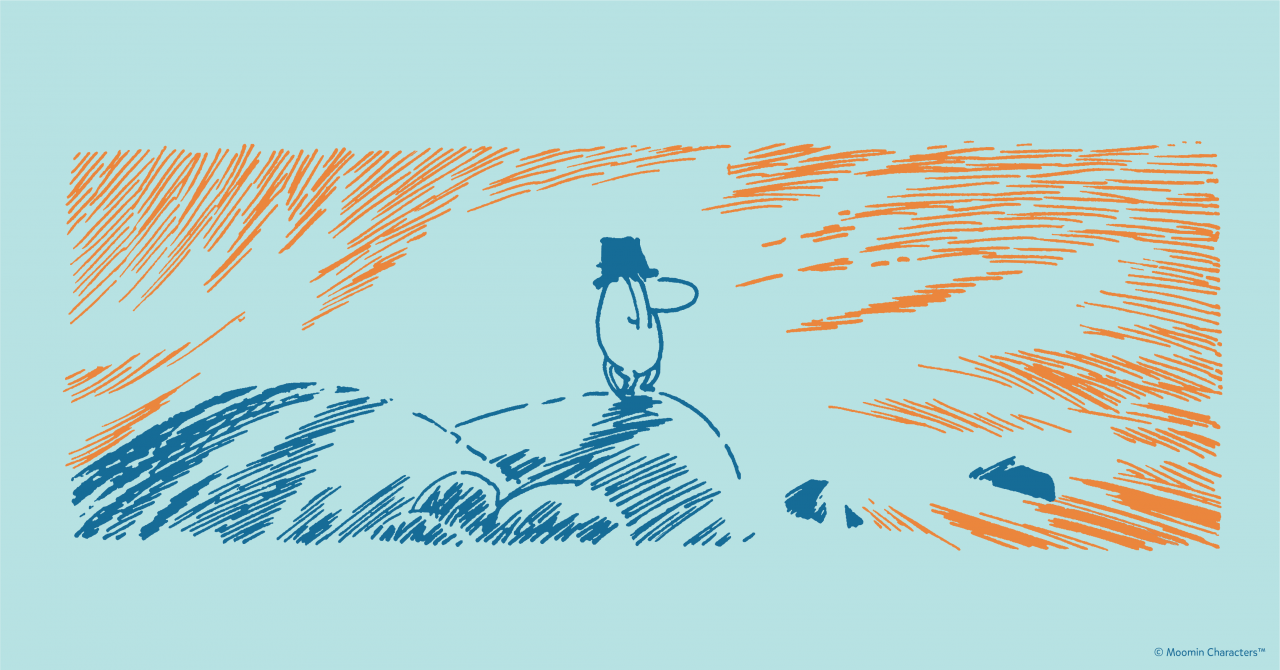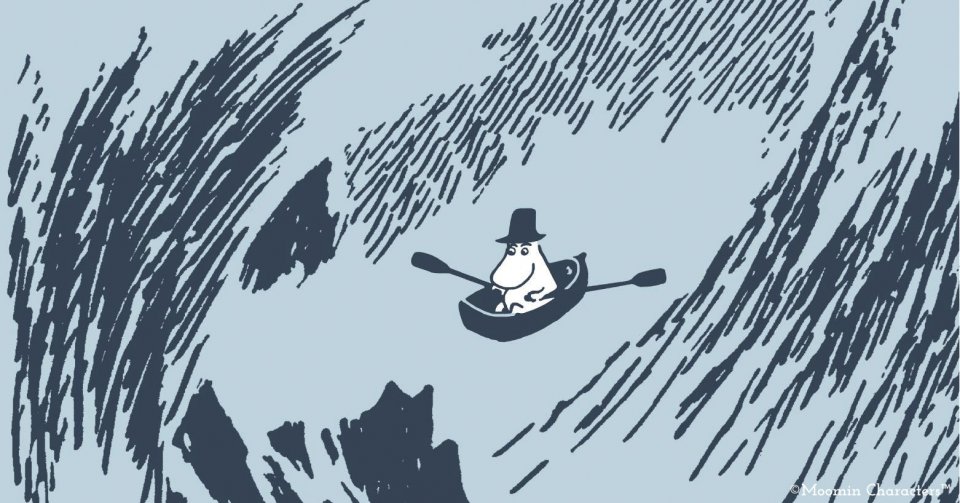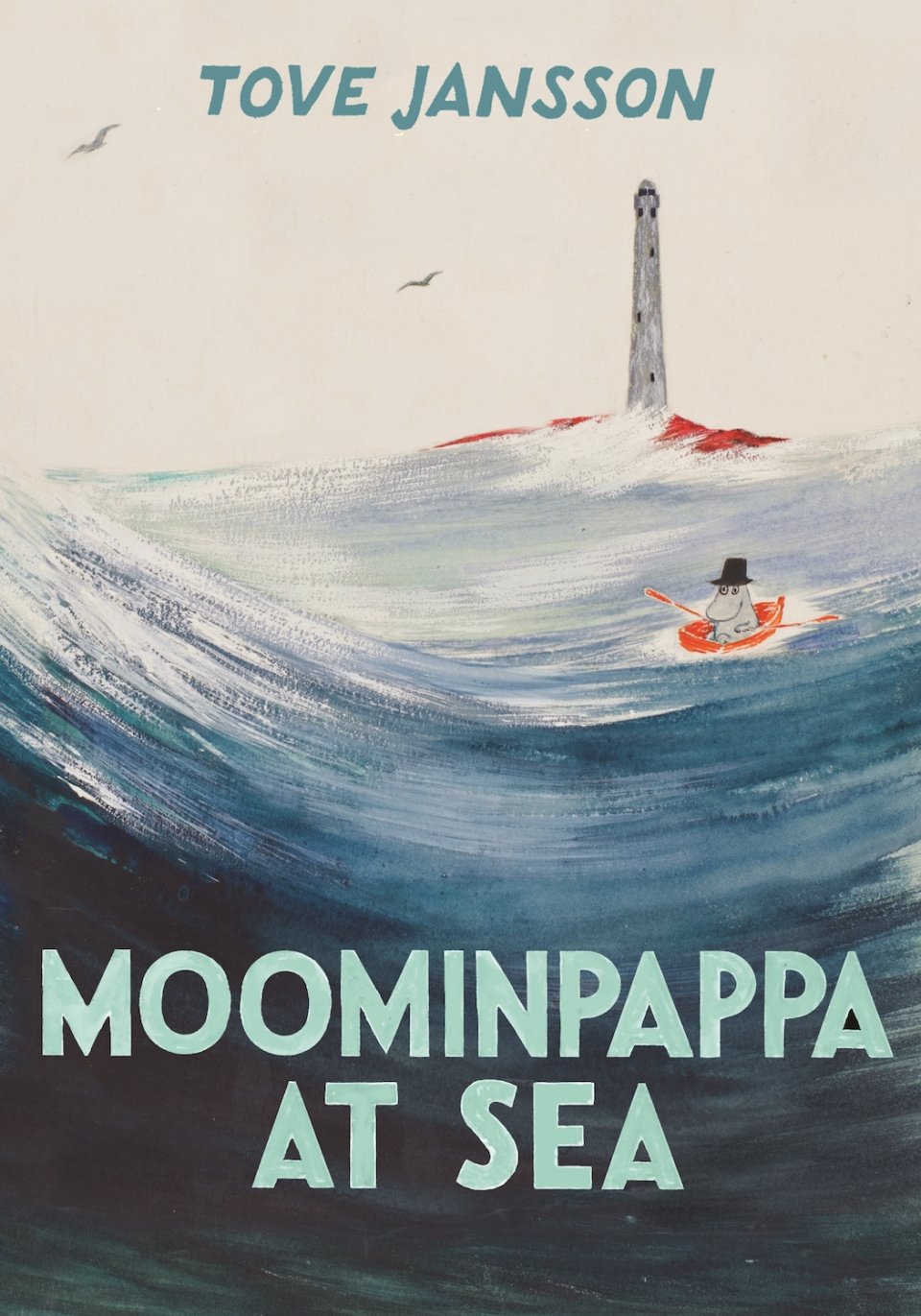The Moomin books are like love letters dedicated to nature: even the smallest critters and plants are described and illustrated, and the forces of nature are described with respect and grandeur. Those who wish can also interpret deeper meanings from the descriptions of nature.
The respect shown towards the forces of nature is perhaps most visible in the second to last Moomin book, “Moominpappa at Sea”, released in 1965, where the Moomin family moves from the safe and familiar Moominvalley to a distant lighthouse island at the mercy of the sea, storms and the forces of nature. The trip is initiated by Moominpappa, who has lost touch with himself and has started to feel unnecessary. The story can be interpreted as Moominpappa’s attempt to find himself – his own nature.
“The mystery and unfathomable vastness of the sea and sky”
The book also highlights the enormous power of the autumn sea, by which one perhaps feels smaller, and thus even thoughts shift from their ordinary paths to something larger: “It was just the right way to live if one liked big waves. Sitting in the middle of the breakers, watching the waves as high as mountains coming and going and listening to the sea thundering on the roof.”
The power of the autumn sea protects the island’s fishermen from other disturbances while also offering an opportunity for escapism: “It was so marvellous not to have to care about a blessed thing. No one to talk and no one to ask questions, and no one to feel at all sorry for. Only the mystery and unfathomable vastness of the sea and the sky flooding over him and past him that could never disappoint him.”
In the beginning of the book, Moominpappa tries, as if by understanding, to control the pompous sea and perhaps even himself: “You see, my idea is to discover what secret rules the sea obeys. I must if I’m going to learn to like it.”
“It’s an enemy worth fighting, anyway”
In the beginning of the story, Moominpappa focuses on the most visible changes and practices in nature, comparing them to scientific research and even speaking of the sea in a slightly arrogant way. When he starts to notice that nature is not as predictable as he had assumed and that it cannot be controlled this way, he begins to find a more authentic understanding. ‘It’s an enemy worth fighting, anyway’, shouted Moominpappa through the noise of the breakers.
As Moominpappa begins to get closer to nature and its essence, and no longer stands above it, he can be seen to show signs of a greater understanding of himself as well. In this way, approaching nature and accepting it can be seen as supporting humanity, self-acceptance and empathic understanding.
At the end of the book, Moominpappa describes the sea and maybe even himself in a neutral way, speaking of the presence of both contradictory and negative sides and virtues as part of character traits.
“He felt completely alive from the tips of his ears to the tip of his tail”
Moominpappa at Sea is just one example of Tove Jansson’s many works that reflect a deep respect for the sea, the seasons and nature. However, it is fruitful to illustrate how the Moomin books inspire nature and how strongly their descriptions of nature can appeal to the reader’s own emotional world.
After trying every trick to understand and control the sea, Moominpappa finally comes to the conclusion that acceptance is a more effective strategy than control – both in terms of the autumn sea and the surrounding nature, but perhaps also in terms of one’s mind, character traits and identity. In this way, the book is a reminder of our strong connection to nature and the importance of taking time out of our busy schedules to stop and listen to it as well as ourselves.
“Moominpappa’s thoughts and speculations vanished. He felt completely alive from the tips of his ears to the tip of his tail.”
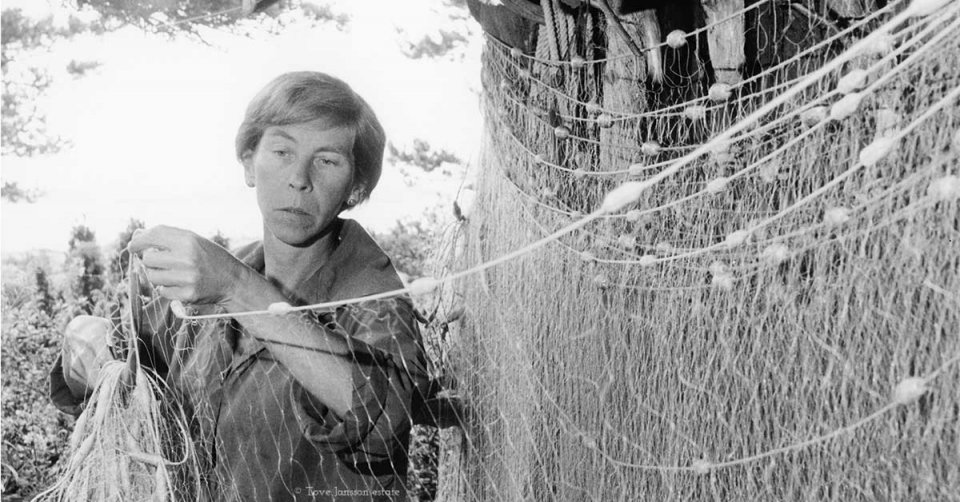
#OURSEA campaign spawned more than 1 million euros to save the Baltic Sea
Tove Jansson spent her summers in the Baltic Sea archipelago throughout her whole life. The #OURSEA campaign was set up to help save the sea.
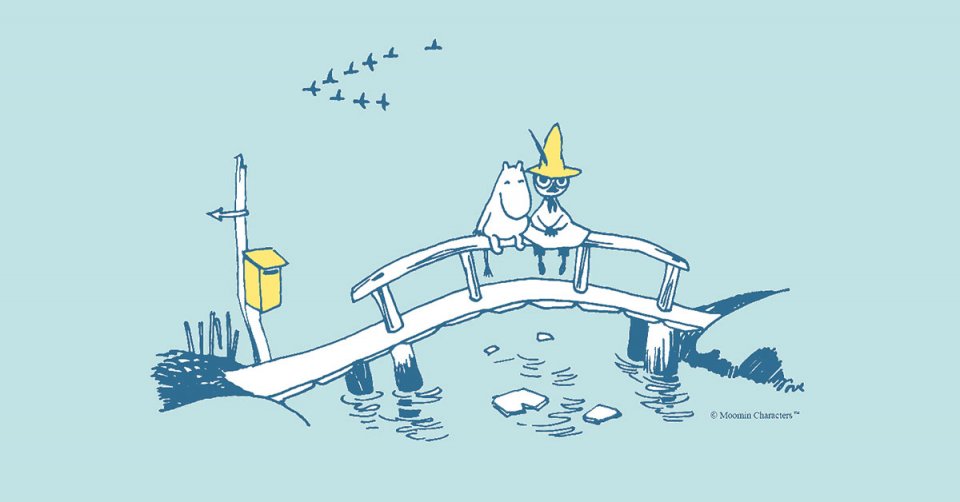
“Happiness is in anticipation” – Spring by the sea according to Tove Jansson
Spring is a time of promises of new adventures in the Moomin stories. Read the most charming spring quotes by Tove Jansson!
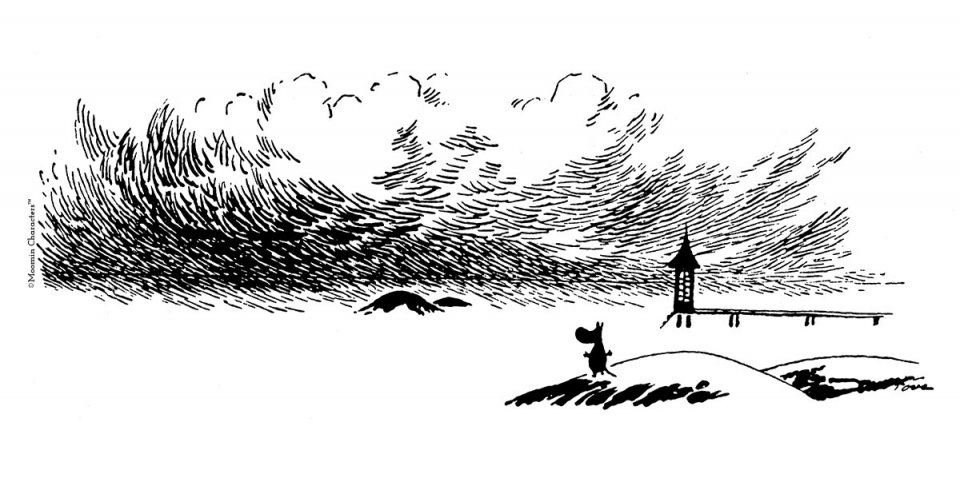
Winter through Moomintroll’s eyes: Quotes from Moominland Midwinter
Tove Jansson describes the cold season as beautifully as always, when depicting nature. Here are winter quotes from Moominland Midwinter.
